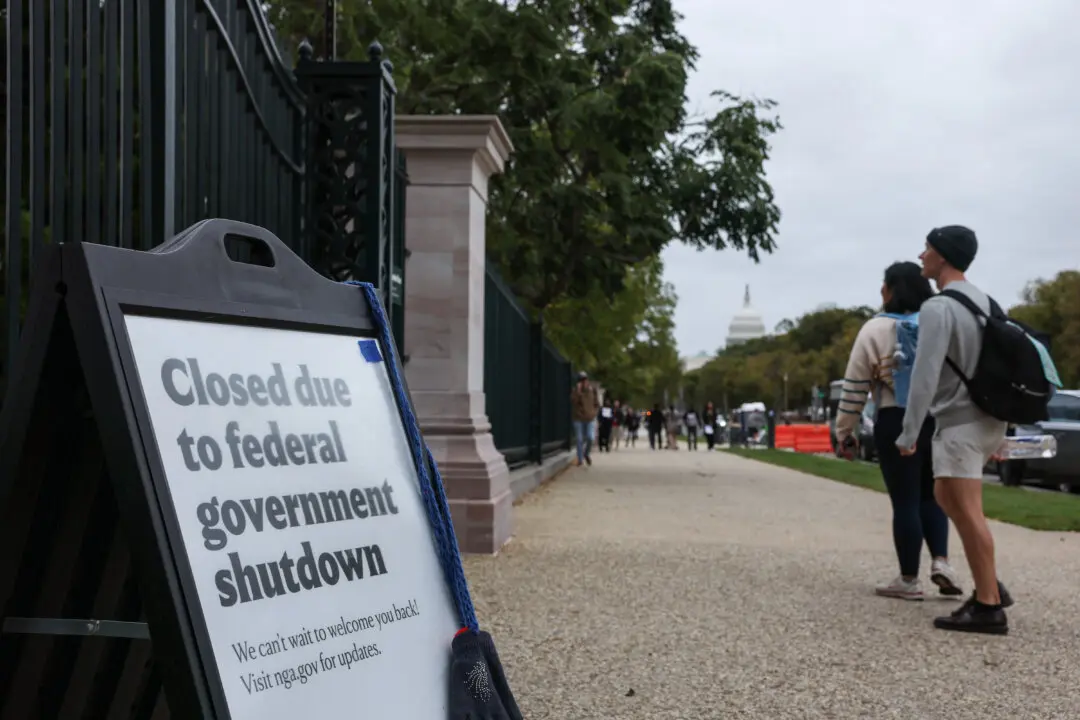Arizona officials have confirmed three heat-related deaths already this year amidst a broader upward trend in the number of deaths in the state due to hot weather.
The Maricopa County Department of Public Health (MCDPH) said in a report that between the end of April to July 6, “this heat season (2019), there have been a total of 3 confirmed heat associated deaths.”





